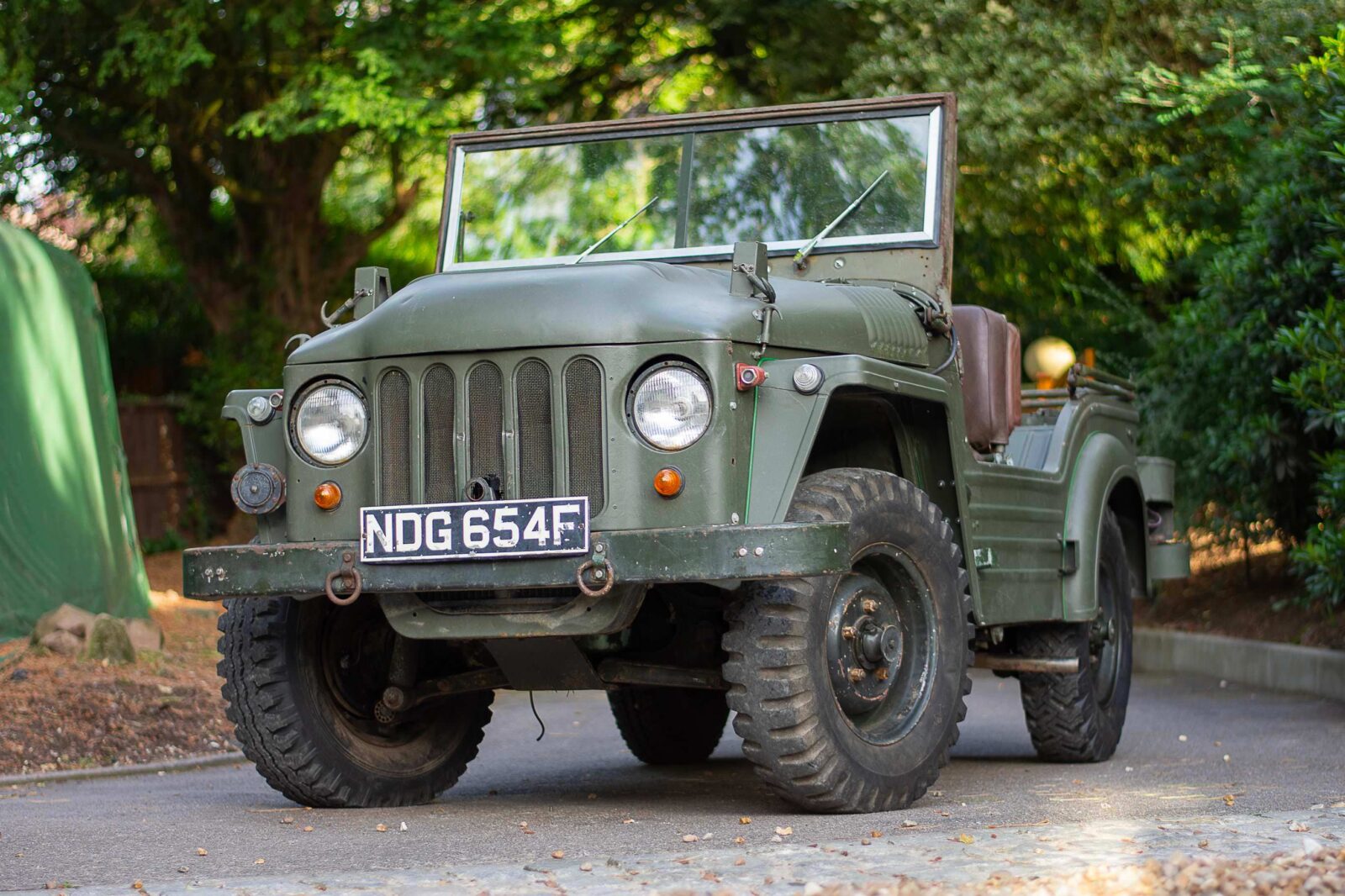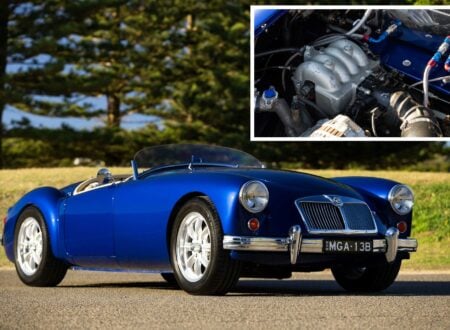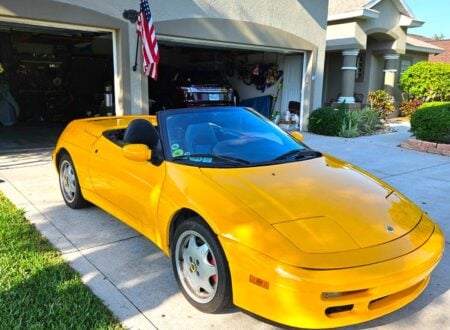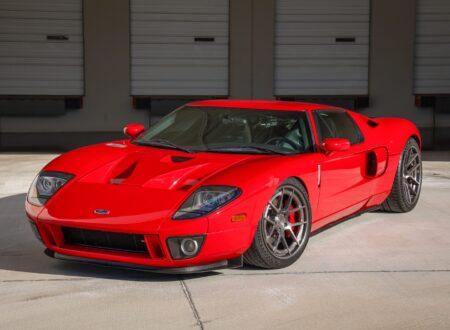The Austin Champ was created in the years after WWII as the British answer to the American Jeep. Development started in 1947 and resulted in a unique four-wheel drive with a Rolls-Royce engine, all-independent suspension, five forward and five reverse gears, and a built-in snorkel that allowed wading in water up to 6 feet deep.
What the team working on the Champ didn’t know what that over at Rover another four-wheel drive was being developed in the same year, and ultimately it would be this vehicle, the Land Rover, that would become the de facto choice for the British military.
Fast Facts – The Austin Champ
- Originally developed after WWII as a “British Jeep,” the Austin Champ was officially known as the “Truck, 1/4 ton, CT, 4×4, Cargo & FFW, Austin Mk.1.”
- The first versions of the Champ were powered by the 80 hp Rolls-Royce-designed B40 4-cylinder engine with a capacity of 2,838cc (2.8 liters).
- All Champs featured unique-for-the-time fully independent suspension on all four wheels, with double wishbones, longitudinal torsion bars, double-acting telescopic hydraulic dampers, and a rubber cone and cup system.
- Austin Champs are relatively uncommon nowadays as they were in production only from 1951 until 1956, it was later replaced with the much more Land Rover-like Austin Gypsy in 1958.
The British Need For A Homegrown Jeep
The American Jeep proved itself an invaluable invention throughout WWII in Europe, North Africa, and the Pacific theaters of war. The British bought vast numbers of them for their own use, but it was clear they needed to develop their own version using locally sourced materials and parts.
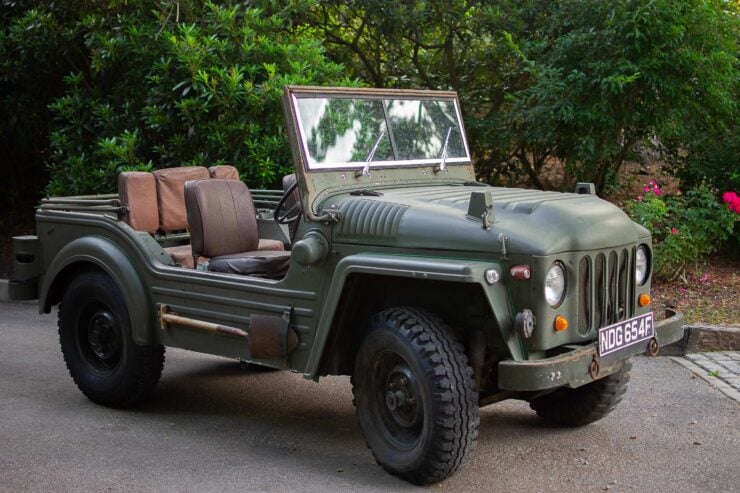

The development program began in 1947 and the Nuffield Organization built a series of three prototypes, these were then vastly improved upon by a team at the government Fighting Vehicles Research and Development Establishment (FVRDE) led by Charles William “Rex” Sewell.
Interestingly, the suspension system was designed by Alec Issigonis, the man who would later become famous as the designer of the Mini.
It was clear that the British designers were trying to build a better Jeep, not just copy the Jeep outright. Although this led to some significant improvements, it also significant increased complexity and cost, which would ultimately be the down fall of the Austin Champ. Even the official name was complicated: Truck, 1/4 ton, CT, 4×4, Cargo & FFW, Austin Mk.1.
Austin Champ – Specifications
The Champ was initially powered by a Rolls-Royce B40 4-cylinder engine with a swept capacity of 2.8 liters and an output of 80 hp. Power was sent back to a 5-speed all-synchromesh gearbox and from there to a rear-mounted transfer box and differential assembly which included a reverse gear.
One unusual benefit of this arrangement is that the Champ famously has five forward gears and five reverse. Power was sent to the front differential via a long shaft which also included a dog clutch to enable four-wheel drive when required.
The suspension consists of double wishbones at all four corners with longitudinal torsion bars, a rubber cone and cup system, and double-acting telescopic dampers. Brakes consist of hydraulically actuated drums front and back with no power assistance.
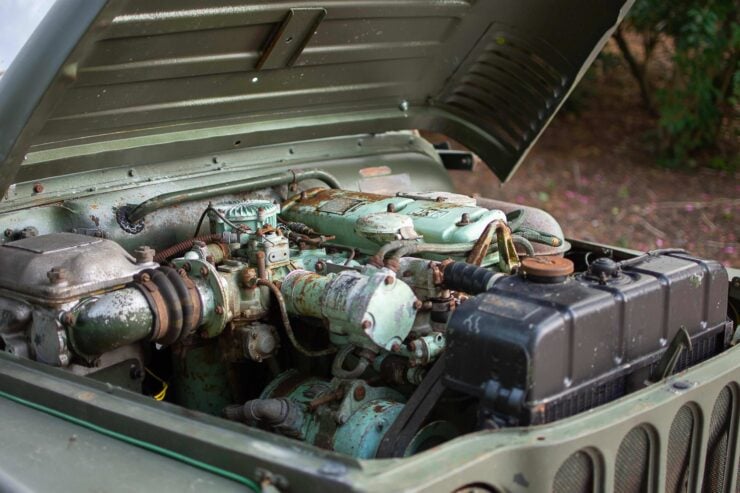

Austin took great pains to waterproof the engine, fuel system, and electrical systems, and a fold-up snorkel was fitted to the right side of the hood. This allowed even a standard Champ to wade through water up to six feet deep, though later Champs lacked this system as it was deemed not worth the extra cost.
Much like the Jeep, the Champ has a stamped steel body fitted to a steel chassis, the windscreen could be folded down, and a folding canvas roof could be fitted.
Both military and civilian versions of the vehicle were offered, however the military version was produced in vastly higher numbers. The Champ left production in 1956, in 1958 Austin introduced the far more Land Rover-like Austin Gypsy.
The Austin Champ Shown Here
The 1952 Champ you see here has been given a sympathetic restoration according to the listing, the patina has been left in place as you can tell, and the current owner has another Champ in his collection.
The original War office registration number for this Champ was 45 BE 78 and it’s had four owners since it was bought at a government surplus auction back in 1962.
It’s currently listed for sale on Car and Classic in the UK, bidding is live and at the time of writing it’s sitting at £9,100 which works out to approximately $12,400 USD. If you’d like to read more about it or register to bid you can click here to visit the listing.

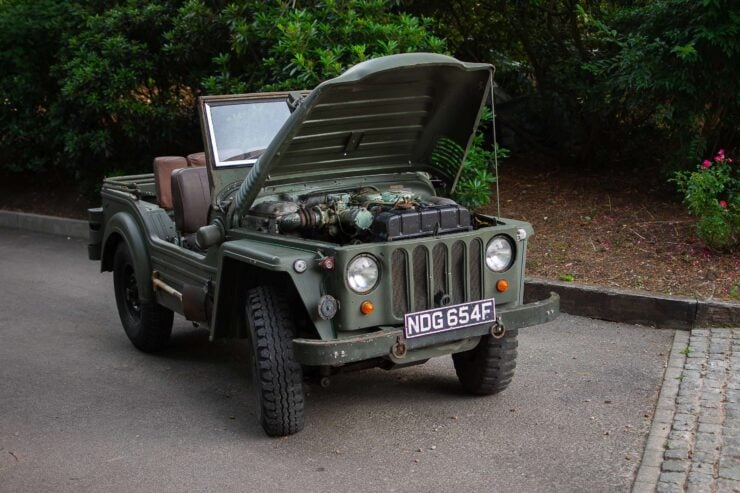
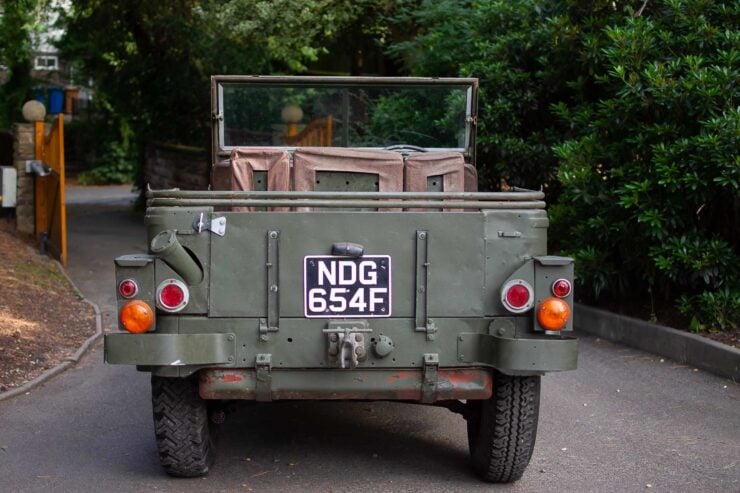
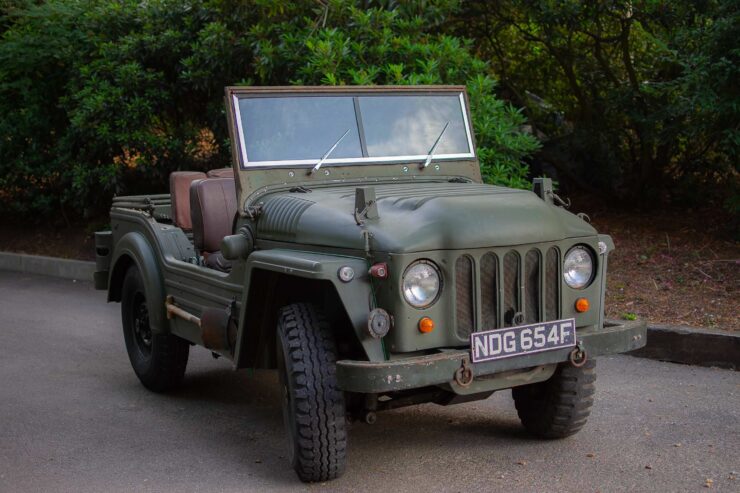
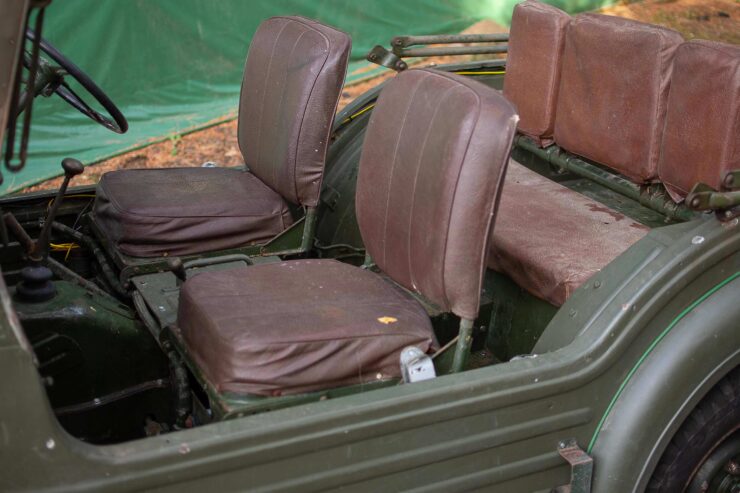
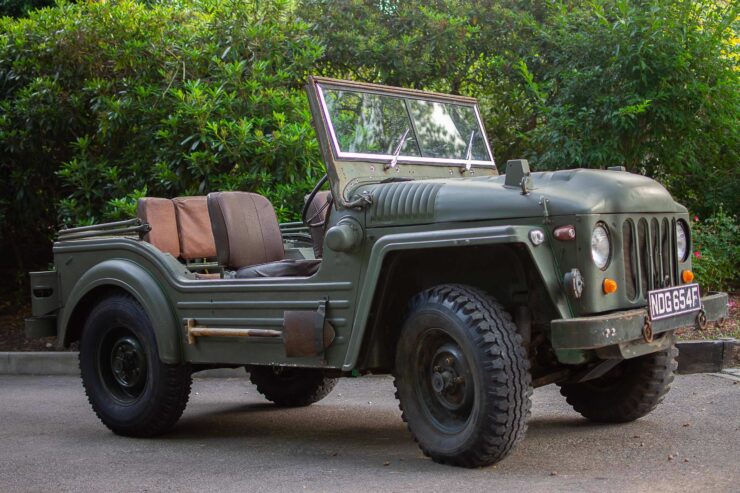
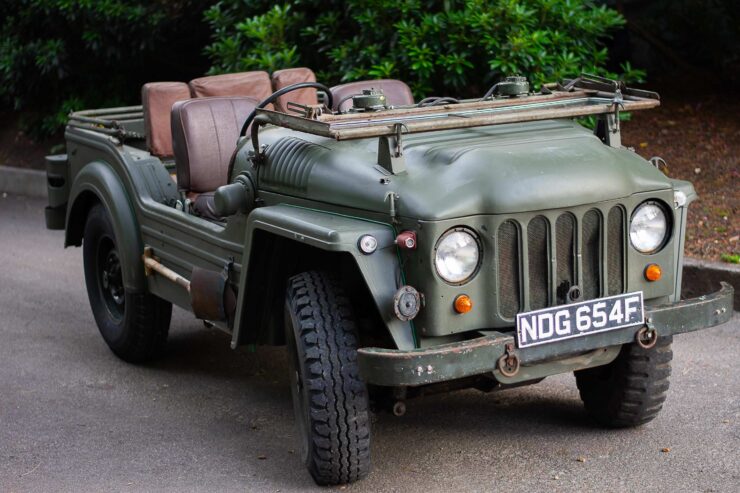
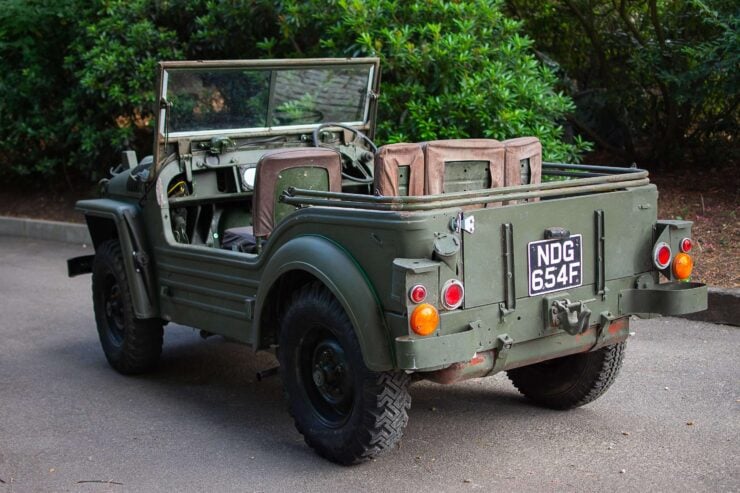
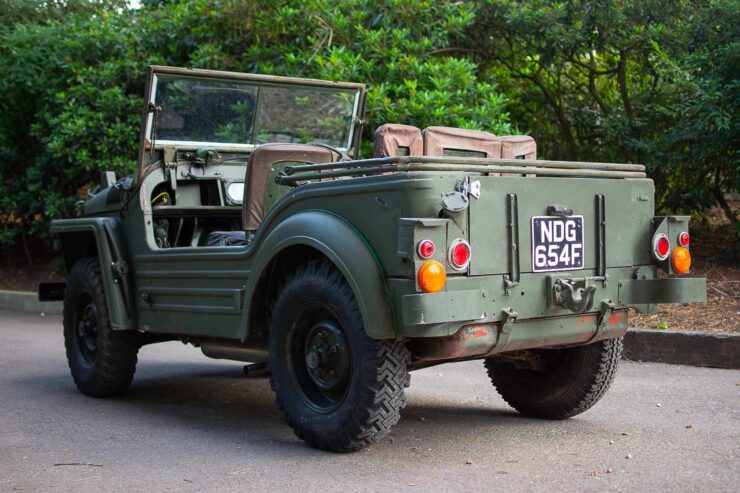
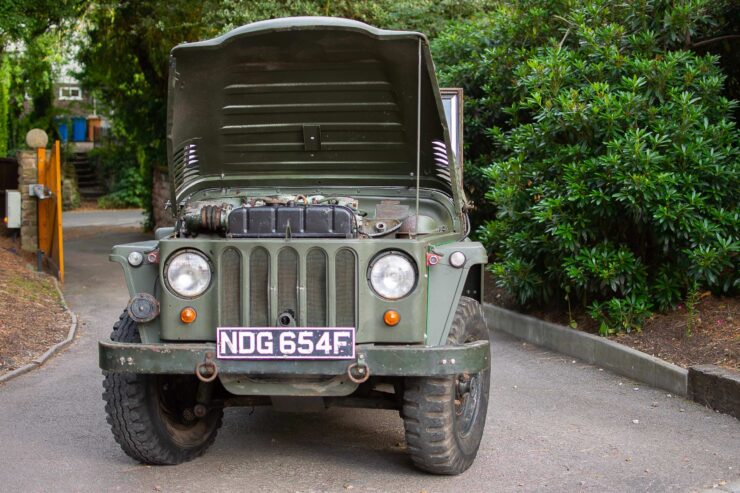
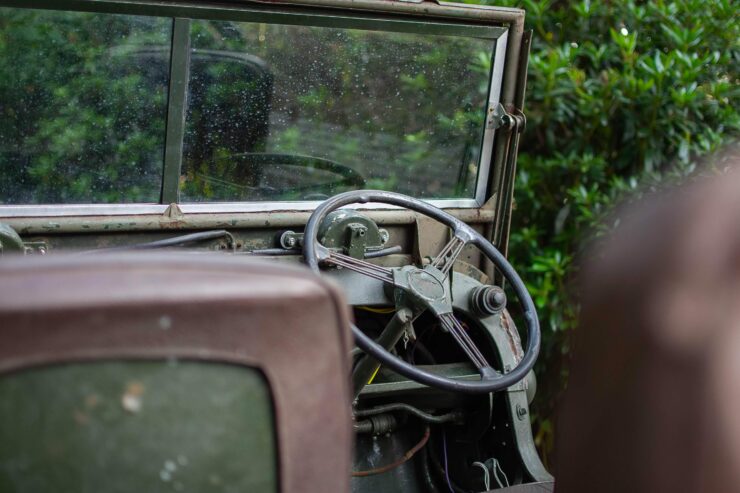
Images courtesy of Car and Classic

